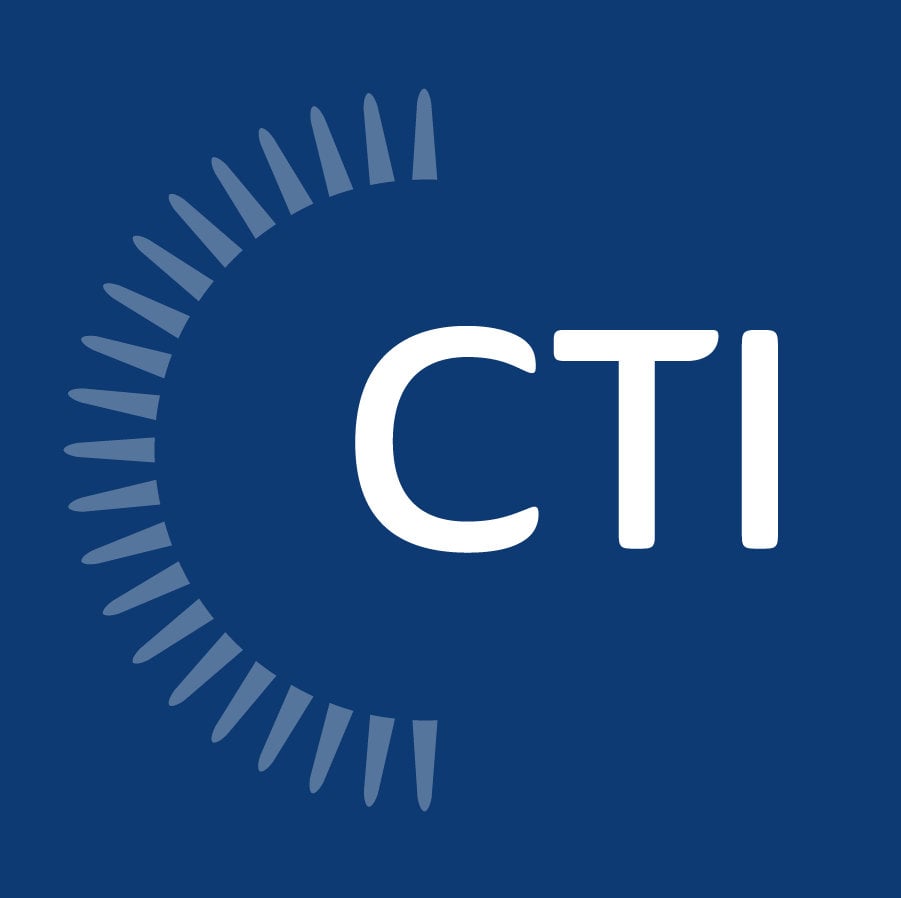
Since its creation in the Energy Policy Act of 2005, the Section 179D Energy Efficient Commercial Building deduction has provided an incentive for taxpayers to install energy-efficient commercial building property (EECBP) as part of the building envelope, lighting, and/or Heating, Ventilation and Air Conditioning/Hot Water (HVAC/HW) systems. EECBP comprises light fixtures, switches, HVAC equipment, automated controls, ducts, water heating, windows, doors, insulation, and roofing. EECBP may be installed in a new building, or it may be part of a retrofit project for an existing building. Buildings that qualify for 179D include almost all buildings in the United States except residential housing less than four stories above ground. That’s a lot of eligible buildings!
Who Can Claim the 179D Deduction?
For a building owned by a taxpaying person or company, the primary beneficiary of a 179D deduction is the building owner, who uses the deduction to reduce their taxable income for the year the EECBP is placed in service. When the building is owned by a tax-exempt entity like the local, state, or federal government, the deduction may be “allocated” or transferred by the owner to the primary designer(s) of the EECBP, typically the architect or engineering firm of record for the project. This transfer is documented in an allocation letter signed by the owner and designer(s). Starting in 2023, other tax-exempt entities are allowed to allocate the deduction to the designer, including charitable organizations, religious groups, and Native American tribal groups. This greatly increases opportunities for designers such as architecture and engineering firms.
Learn More: The Golden Age of the 179D Energy Efficient Building Deduction |
What is the 179D Certification Process?
The owner or designer must use a qualified third party to prepare a 179D certification report. At CTI we have an in-house group of engineers, energy modelers, inspectors, and tax analysts that form our 179D certification team. Information about the EECBP is gathered from drawings and technical specifications, then input into Internal Revenue Service (IRS)-approved computer software which creates an energy model of the proposed building. The same software is used to create an energy model of a baseline building, which is identical to the proposed building except that the EECBP is based on the 2007 edition of American Society of Heating, Refrigerating and Air Conditioning Engineers (ASHRAE 90.1).
The annual energy consumption of each building is calculated using the models and then compared to each other. The percentage decrease in energy costs for the proposed building is used to determine the eligibility and amount of the deduction. The EECBP and modeling information is validated by conducting an on-site inspection.
For EECBP placed into service prior to 2023, a minimum of 50% reduction in energy costs is required for 179D eligibility, and deduction ranges from $0.60-$1.88 per square foot (sq. ft.). Starting in 2023, the minimum threshold for eligibility is reduced to 25%, and a greatly increased deduction rate of up to $5.36 per sq. ft. is achievable if prevailing wage and apprenticeship programs are in place for all project laborers. The final deduction amount is the product of the deduction rate times the external square footage of the building, including all conditioned mezzanines and basements. This amount cannot exceed the actual installed cost of the EECBP.
Wrapping Things Up
A qualified third-party certifier like CTI will prepare a comprehensive 179D certification package containing all relevant documentation, calculations, and modeling input, graphics, and results. A separate letter is also sent to the building owner detailing the EECBP included in the building and quantifying the energy costs of the proposed building or retrofit. The certification package should not be included with the taxpayer’s return but should be retained by the taxpayer along with other federal tax documents. A copy will also be retained by CTI, and if necessary, we provide full audit support at no cost to the client. We don’t cut corners and conduct an in-house quality audit on every project prior to completion. Please reach out to CTI for a no-cost 179D consultation and screening of projects to see if you may be eligible for a 179D deduction.
Contact CTI today and let our team of Energy Incentive experts work to maximize your credit and help you discover your eligibility for the 179D Deduction.



